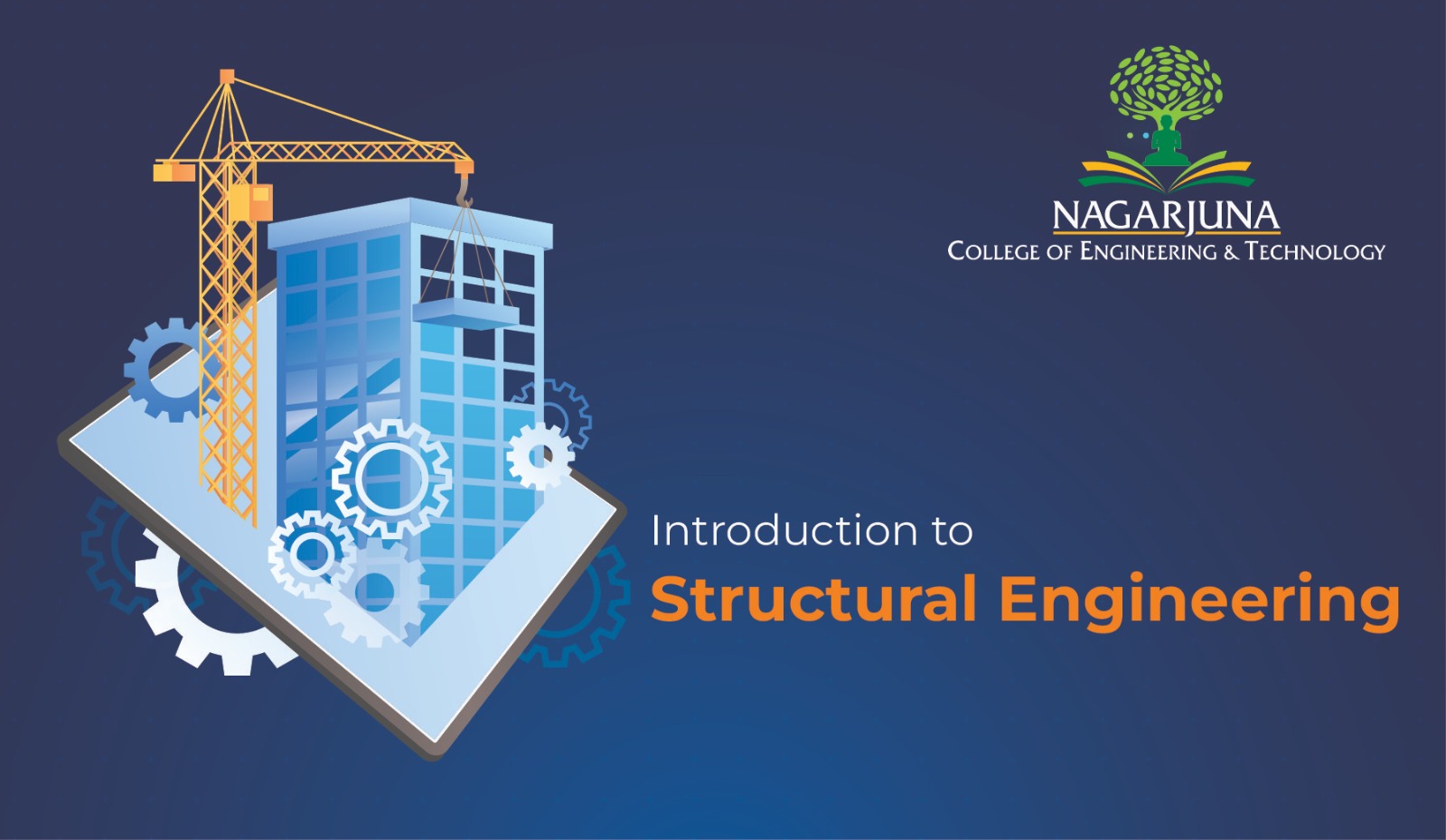Introduction to Structural Engineering

Have you ever wondered why there are different types of buildings? The credit for this wonder goes to Structural Engineering.
Structural Engineering is a subset of Civil Engineering where the engineers are trained to design structures that can withhold their weight along with the imposed loads. It is carried out with imminent knowledge in the fields of applied mechanics, applied mathematics, and material science by engineers. These subjects theoretically make you understand the structures and their required traits, such as strength, stability, rigidity, and sustainability.
Exploring Structural Engineering
Structural engineering is based on two main factors that are serviceability and structural safety. The structure built by the engineers ought to be in service to people for a specific period without collapsing or undergoing any damage.
Let’s dive into the structures and tools to understand the term in detail.
Types of Structures
There are generally two types of structures: building structures and non-building structures.
- Building Structures: These structures consist mainly of foundations, columns, roofs, walls, etc. Some examples are houses, hospitals, and schools.
- Non-Building Structures: These structures are built solely to withstand a load besides human occupancy. Some examples are canals, chimneys, towers, and windmills.
Structural engineers can specialise based on the materials used in construction, such as concrete, masonry, woodwork, and so on, or in the structures they want to develop.
Software Tools for Structural Engineering
The software tools used for structure designing are
- AutoCAD
- StaadPro
- SketchUp
- ETABS
- Autodesk Revit
Nagarjuna College of Engineering and Technology acquires the best tools to aid in your quest for mastery. As an autonomous institution with NAAC A+ Grade, it can provide you with the best resources imaginable, such as software training, practical workshops, internship and training with the most reputable firms, and so on.
Participate in NCET’s master course – M. Tech in Civil Engineering with a specialization in Structural Engineering, to learn more about structural fundamentals. Happy Building!
